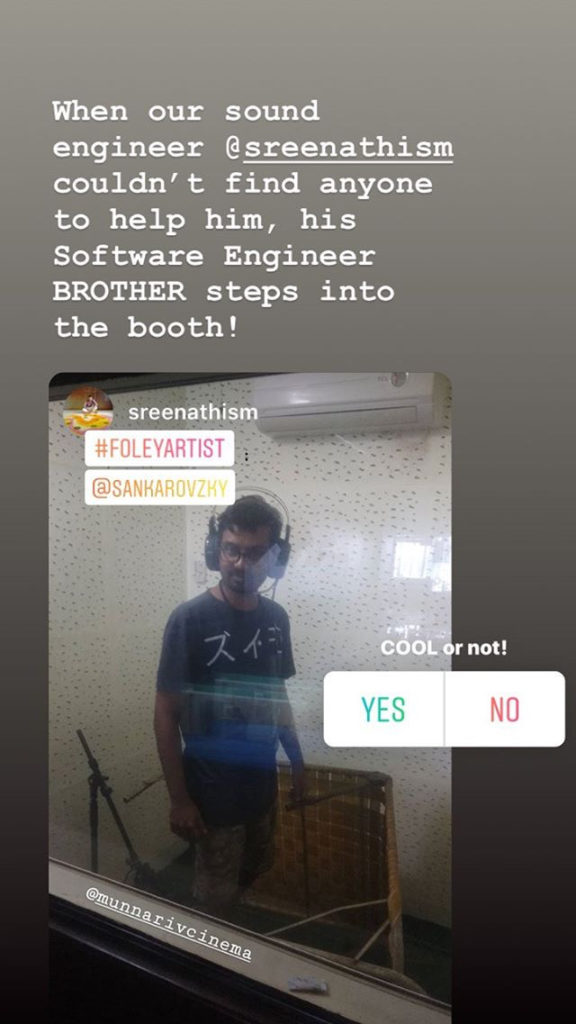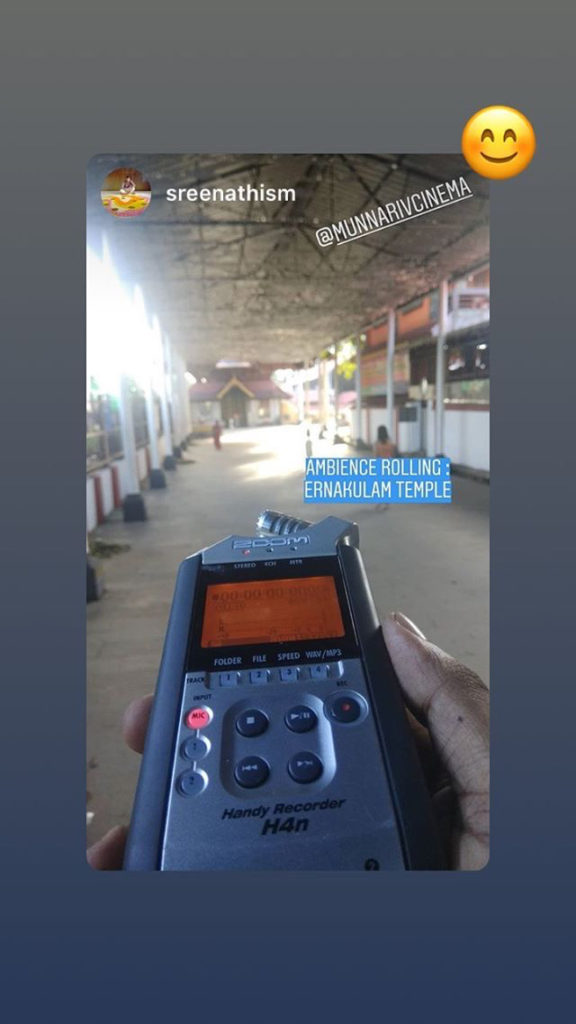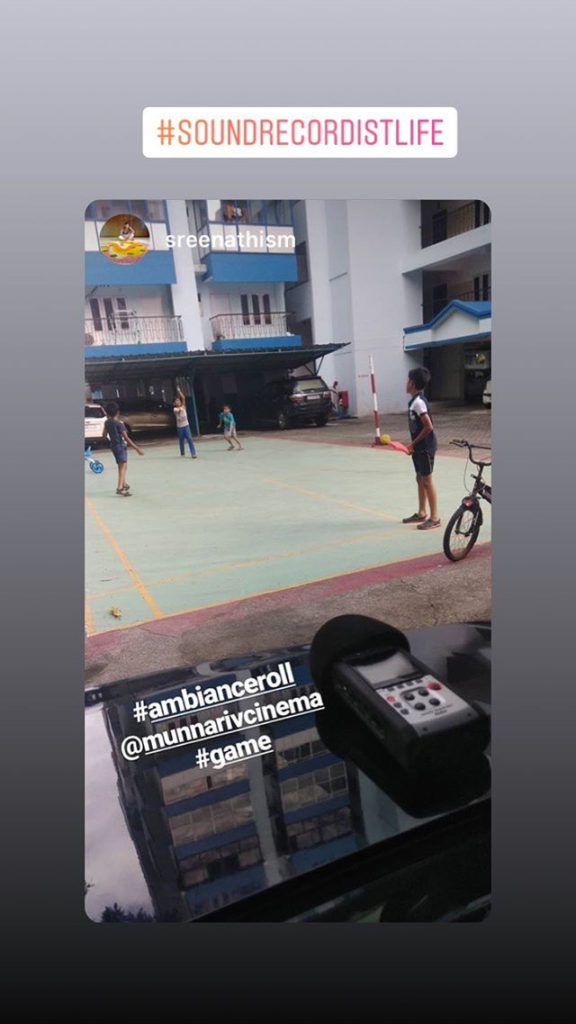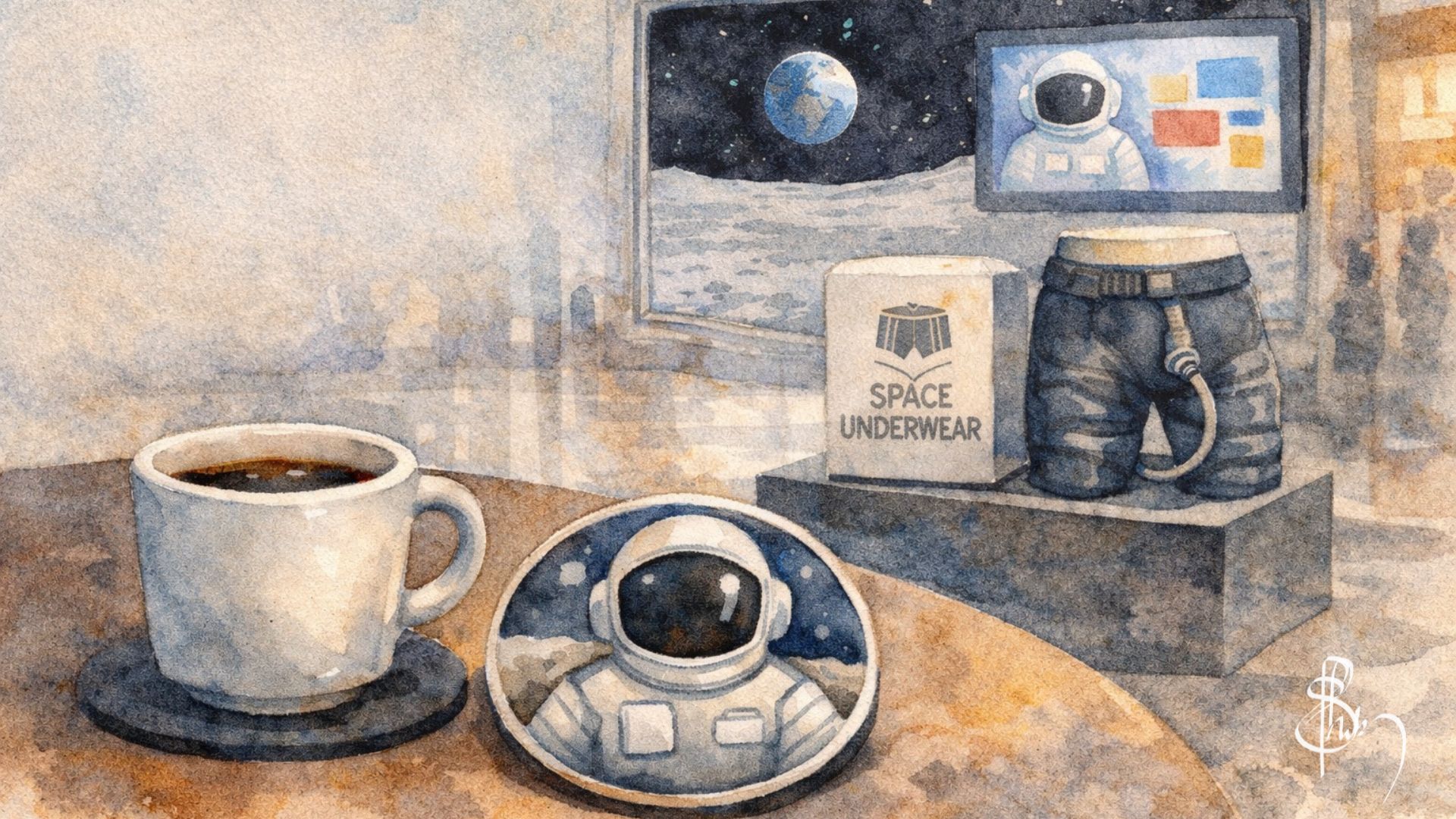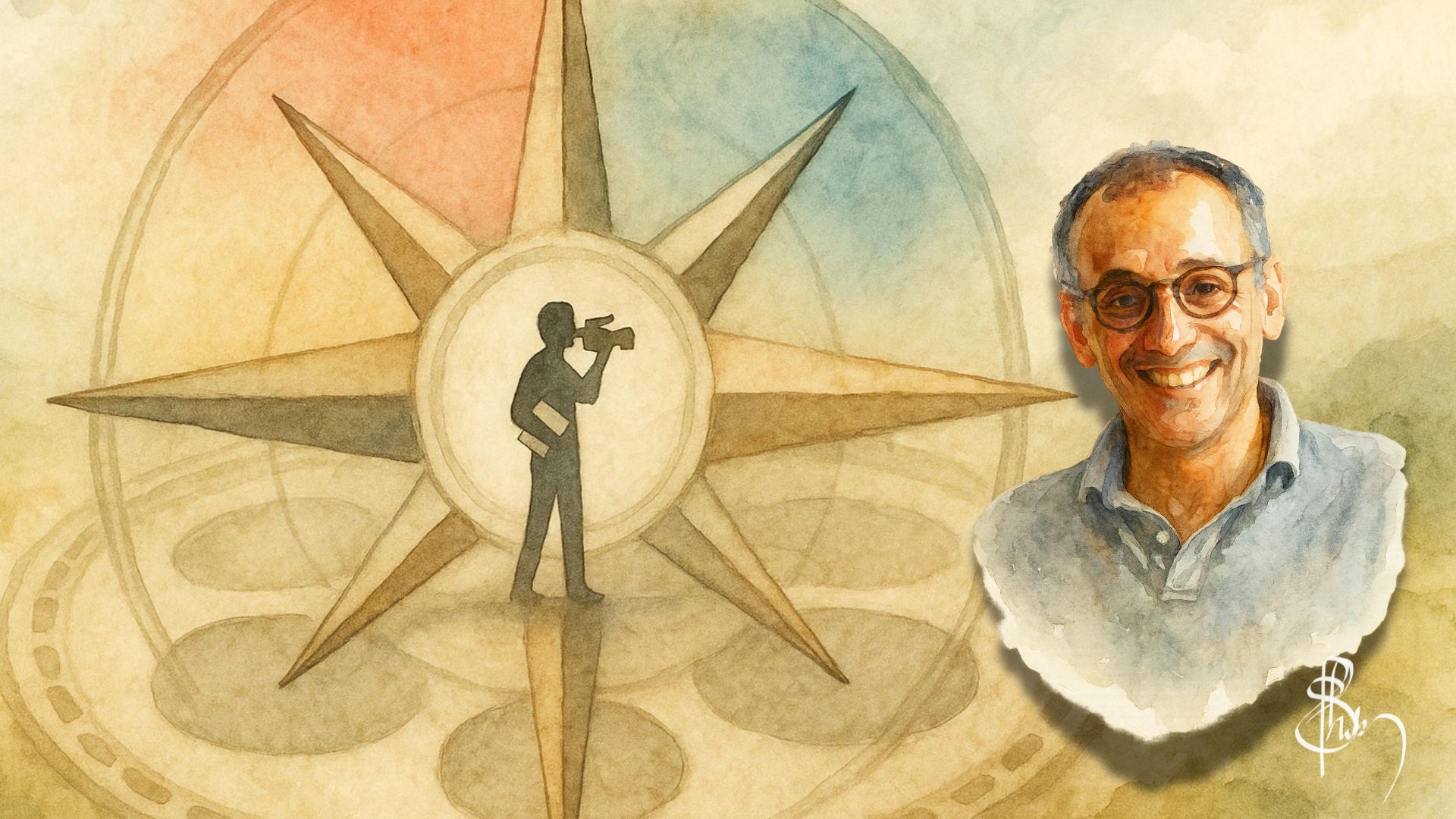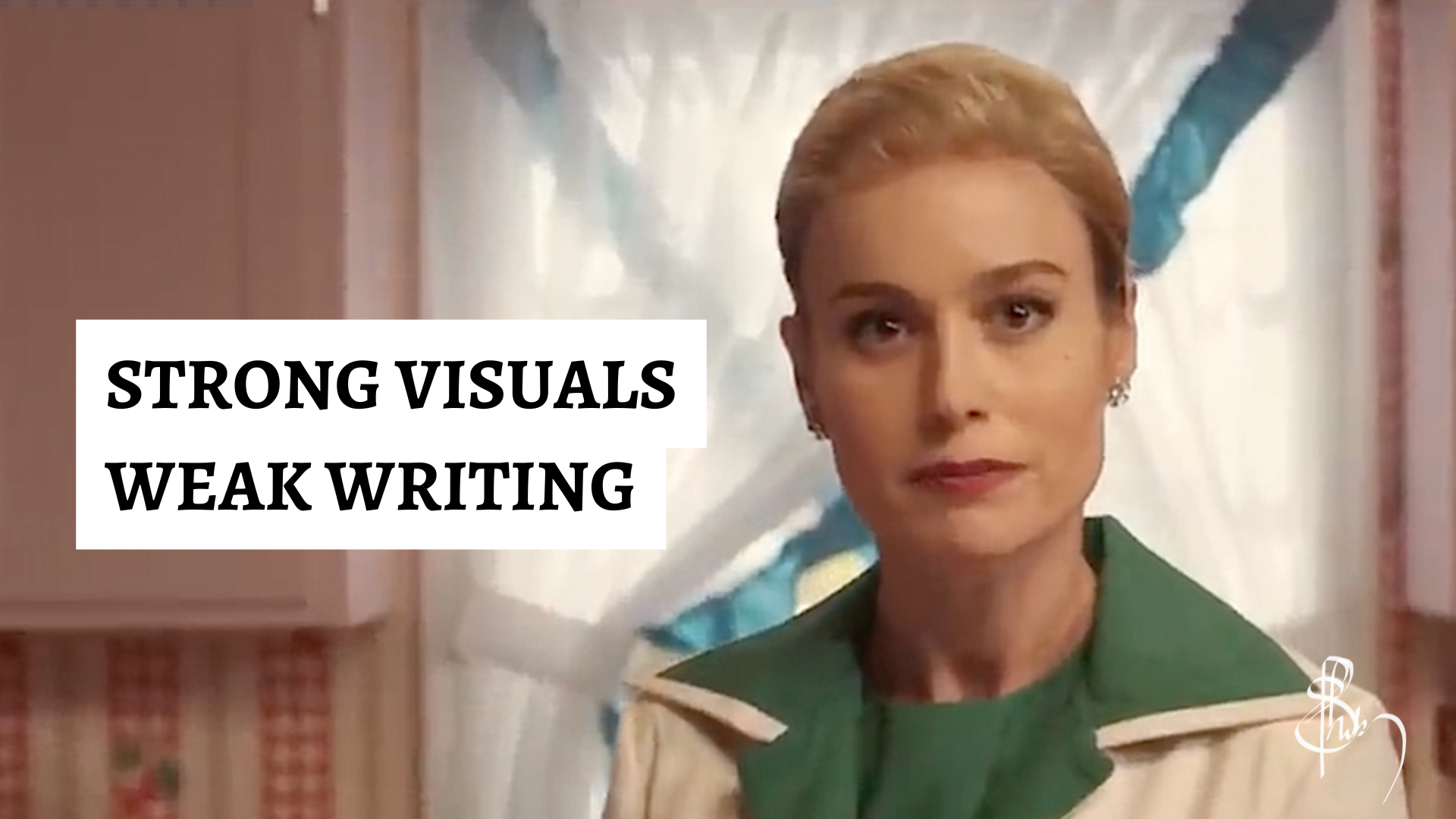This is an excerpt from my book The Indian Indie Film (or Make Your Film for rest of the world). It was written from the experience of making my debut feature film on an iPhone for ₹5 lakhs ($7,000). Now available as an eBook on Amazon.
Much of storytelling through sound in films work at a level that is not very apparent. What we notice most are the dialogues and music. Foley and ambience sounds almost seems irrelevant. But the moment it is not there you will find it distasteful, like a curry without salt.
Foley and ambience sounds are what gives life, richness and texture to the soundscape.
Foley
Foley sound effects are all the sounds that we expect to hear associated with what we are seeing on screen. If a man is walking, then you have to hear footsteps. But is he walking on sand or concrete or tiles? Is it wet or dry? Is he wearing sandals or shoes or barefoot? All of these create a different sound.
It is attention to such minute details that adds to the texture and believability of what you are seeing on screen. Watch this video to hear how much foley adds to the experience.
Here is a short video on how you can record foley on your own.
Ambience
Ambience sound effects are those sounds we expect to hear at the place we are seeing on screen. Like if the scene happens in crowded cafe, it cannot sound empty. It needs to have lots of murmuring.
A house in a village may have lots of birds chirping in the background, while a house in a city would have sounds of vehicles.
Recording Foley and Ambience Sounds for Munnariv
Our Sound Engineer Sreenath handled every sound detail of our film. He wanted to record as much as was possible and use as little stock tracks as possible.
Foley in Munnariv
Our friend had a recording booth that wasn’t being utilised. We cleaned up the place and used it to record clean foley. Every sound effect you hear in the film was recorded likewise.
Ambience in Munnariv
There are websites that provide free ambience tracks. But these all had people talking in English in the background, like kids playing while shouting in English, and so on. These are not the sounds of Kerala as we know it. Hence Sreenath went out with an old handy recorder we had (Zoom H4n) and recorded each of these individually.
You need not wait for the postproduction stage to start recording ambience sounds. These can happen alongside the film’s production.
It is best to record foley once the picture is locked as each of the sound effects need to be in sync with the picture. You can also be collecting various samples of foley sounds. In one of our scenes we had a shot of a Shawarma being cut. Sreenath recorded various takes outside and later used the one that best matched with action on screen.
Soundly
Recording each sound is indeed a time consuming process. Some sounds, like footsteps can be easily found online.

Soundly is a software through which you can get access to a lot of such free foley and ambience sound effects. Though it is subscription software, their free library has enough to get you started. To download Soundly, go to getsoundly.com.
Besides Soundly, you can find such free to use sound effects on SoundCloud and a lot of other sites.
Once all sounds have been found and aligned to the film, these then need to be mixed. This we will look into in the next article.
Hey Aspiring Filmmaker,
I debuted my film career making a feature film for ₹5 lakhs ($7,000) on an iPhone. I’d like to help you do the same. So I wrote everything I learned into a book. It is now available on Amazon, called The Indian Indie Film (or Make Your Film for rest of the world). Enjoy!




